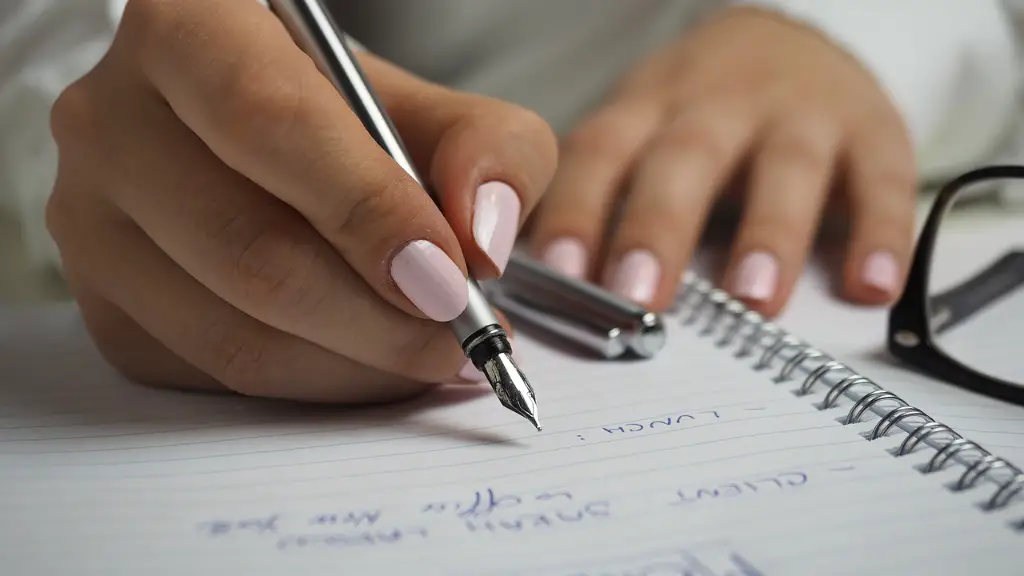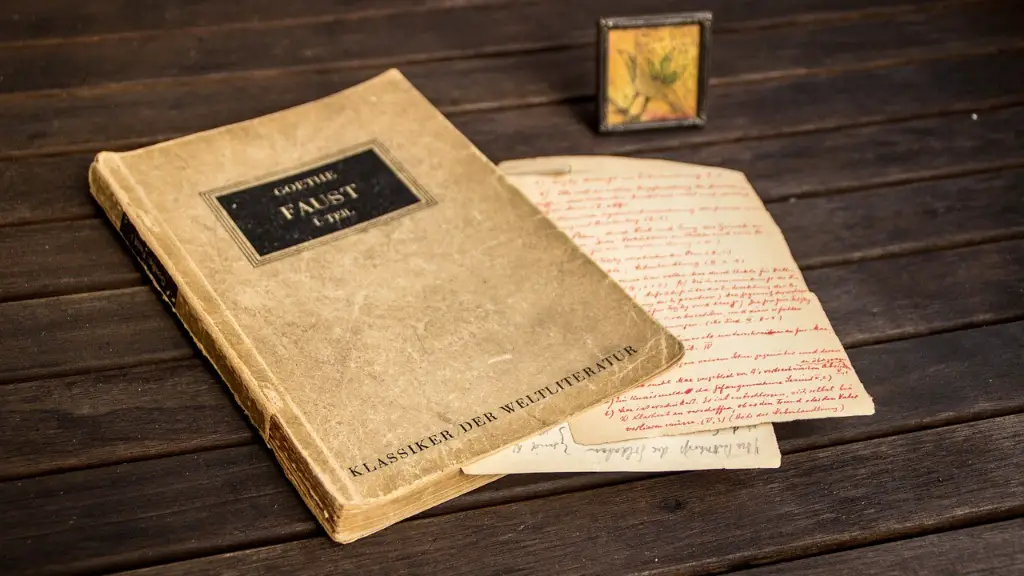What is Onomatopoeia in Poetry?
Onomatopoeia refers to the process of creating words that imitate, resemble or suggest the source of their sound. In poetry, onomatopoeia can be used to create a vivid description of a sound or action. This technique can be used to bring the reader inside a story or add a unique flavor of artistry. By understanding what onomatopoeia is and how to use it, writers can masterfully recreate the sounds and actions they are depicting in their pieces.
When used in spoken language and particularly in poetry, onomatopoeia can create an emotional connection between the writer and the reader. By using onomatopoeia, writers can cause their audience to feel the same emotion they feel while they are writing. Onomatopoeia can add musical qualities to poets’ work, highlighting the importance of the soundscapes they are trying to create.
Onomatopoeia can also be used for comedic or humorous purposes. Describing an action or a sound that does not correspond to its natural sound can be used to produce a funny effect. For example, saying “giggle-bibble” instead of “giggle” can bring a unique lighthearted tone to the poem. This way, onomatopoeia can help the writer to make a point or give emphasis to a certain aspect of their work.
Furthermore, onomatopoeia can be a powerful tool for creative expression. By playing with words and sounds, writers can create unique combinations that can make a significant impact on their readers. Onomatopoeia can also be used to show the intensity of a certain feeling or emotion. For example, a writer might use the phrase “roar with laughter” instead of “laugh” to show the amount of joy they are feeling.
Onomatopoeia can appear in the form of a single words, such as “buzz”, “hiss” or “meow”. In these cases, the entire word is given a certain sound, which can easily be replicated by the reader. Onomatopoeia can also be used in the form of a phrase, for example “snap crackle pop”. In this case, each word in the phrase gives off a distinct sound that is not typically associated with the word in the English language.
Examples of Onomatopoeia in Poetry
Onomatopoeia is often used in poems to create a vivid imagery or give focus to a certain aspect of the work. Poets often use this technique to recreate the sounds of nature or to bring attention to a certain action. Some of the most common examples of onomatopoeia in poetry are: “buzzing bees”, “rustling of leaves”, “hooting owls” and “crashing waves”. By using these words, the poet can make their work more vivid and engaging.
The use of onomatopoeia in poems can also be used to convey a certain emotion. For example, a poet may use the phrase “rattling thunder” to evoke feelings of fear and trepidation. Or they might use the phrase “lapping waves” to represent a calm and peaceful scenery. By employing onomatopoeia in their poetry, writers are able to create a unique emotion that can be felt by the reader.
The Importance of Onomatopoeia in Poetry
Onomatopoeia is a vital component of all poems, as it helps to convey the feelings and emotions of the poet in a language that can be easily understood. The use of onomatopoeia in a poem can highlight the importance of certain sounds and actions, as well as provide a unique flavor to the poem. By understanding what onomatopoeia is and knowing how to use it appropriately, writers can unleash their creativity and find new ways to recreate the sounds they are trying to capture in their pieces.
As onomatopoeia often creates a more vivid and immersive feel to a poem, it can also help to captivate the reader. By using onomatopoeia in their work, writers can structure their poems in such a way that engages and engages the audience. Onomatopoeia also contributes to the musicality of a poem, as it allows the reader to literally hear the sounds and actions being described in the piece.
The Advantages Of Onomatopoeia In Poetry
There are many advantages to using onomatopoeia in poetry. The use of onomatopoeia can help the reader to visualize and experience the scenery and events being described in the poem. By using onomatopoeia, writers can make their work more impactful and memorable. As onomatopoeia is often used to convey a certain emotion, it can also help to create a deeper connection between the writer and the reader as they experience the emotions together.
The use of onomatopoeia is also beneficial for helping the poet to find unique and creative ways to express their feelings and emotions. By playing with words and sounds, the writer can create unique imagery which will always be memorable for the reader. This way, the poem can take on a life of its own, as it will be remembered for its unique imagery and sound rather than its plot or message.
Limitations of Onomatopoeia in Poetry
While onomatopoeia can be a powerful tool for conveying emotions and creating imagery, it can also have some drawbacks. Due to its limited appeal, the use of onomatopoeia can become repetitive and stale if it is overused. It can also be difficult to replicate the same emotion or imagery without resorting to some clichéd sounds and words.
Additionally, if the poet tries to recreate a certain sound without understanding what it actually sounds like, the result can be awkward or even comical. Furthermore, some words that are commonly used as onomatopoeia in certain cultures might be meaningless or incomprehensible for others, which can make the poem feel confusing for the reader.
Conclusion
In conclusion, onomatopoeia is a powerful tool for expression in poetry. It can help to create vivid imagery and evoke strong emotions in the reader. However, the use of onomatopoeia can be difficult to master, as there is always the risk of it becoming clichéd or incomprehensible. By understanding what onomatopoeia is and how to use it appropriately, writers can ensure their use of onomatopoeia is effective and meaningful.



